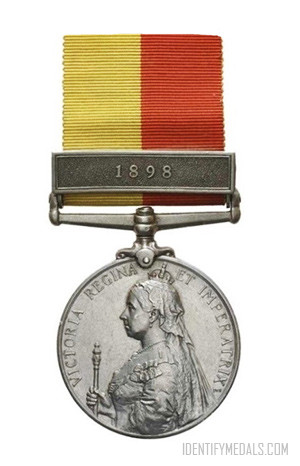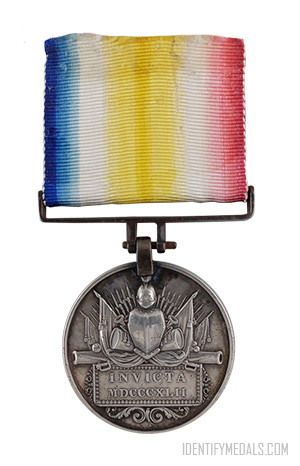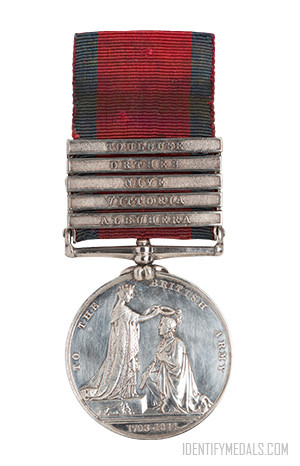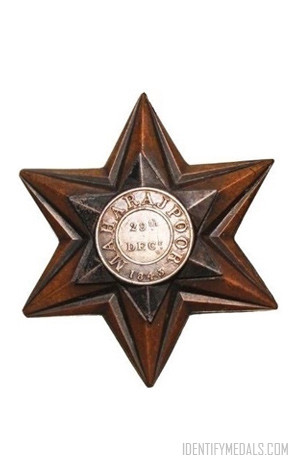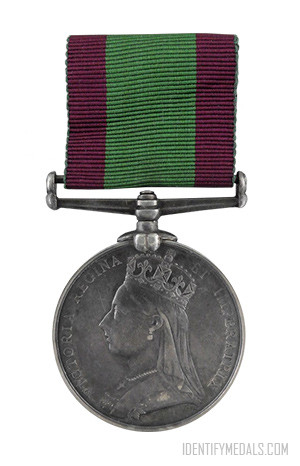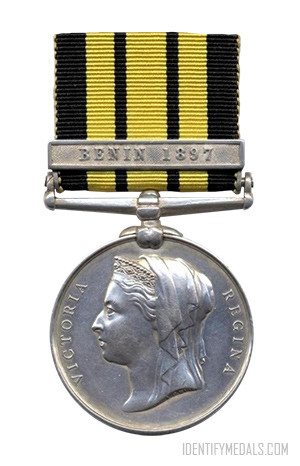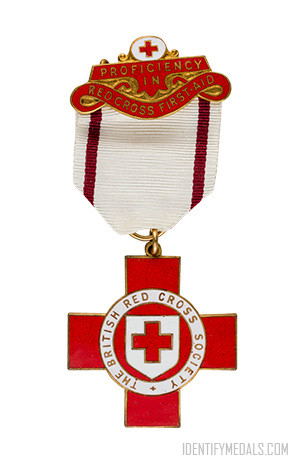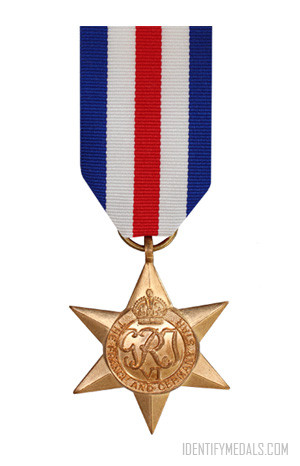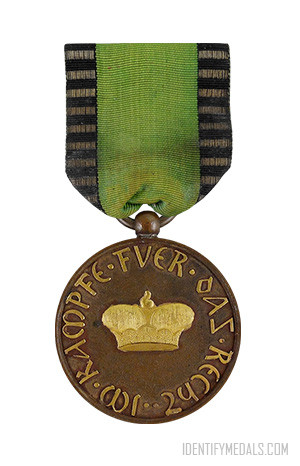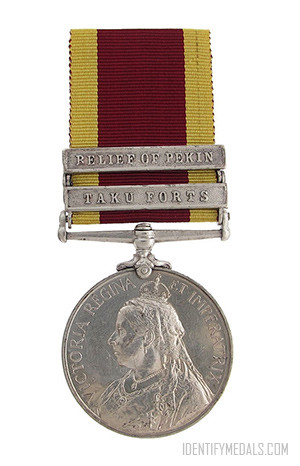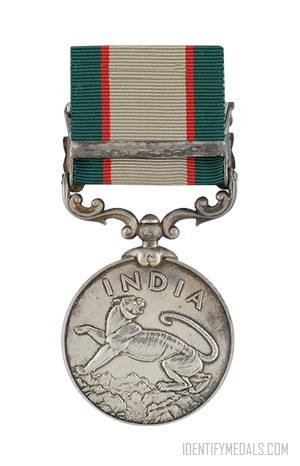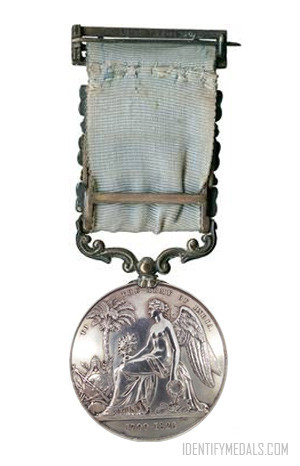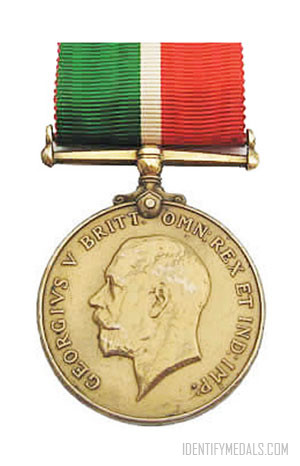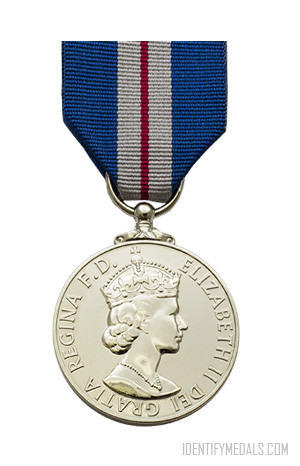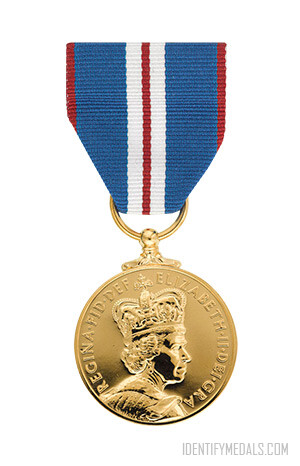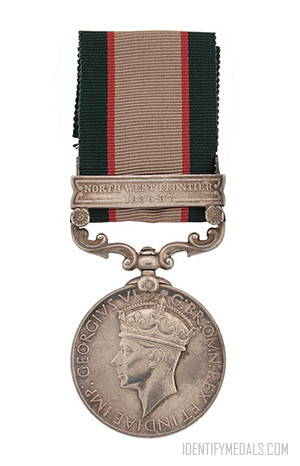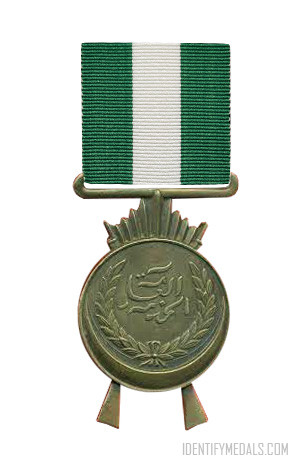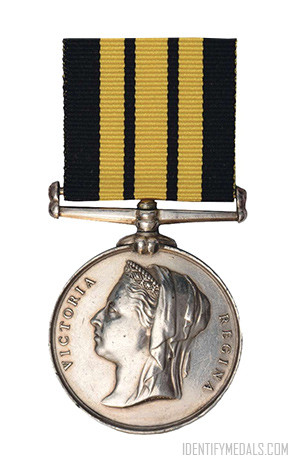- Time Period: Pre-WW1
- Year of Institution: ~ 1898
Country: Great Britain
The East and Central Africa Medal is a British campaign medal established in February 1899 and awarded for minor military operations in the Uganda Protectorate and Southern Sudan between 1897 and 1899. Four separate clasps were issued.
Most medals were awarded to British-led local forces or units of the Indian Army. No British Army units were present, although a number of British officers and non commissioned officers received the medal while seconded to local units. The recipients of the Lubwa’s and Uganda 1897-98 clasps included several women who nursed the sick.
Most medals were awarded with a clasp, and there were a total of four authorized:
- Lubwa’s: Operation against mutinous Sudanese soldiers stationed in Uganda who held Fort Lubwa’s on Lake Victoria, 23 September 1897 – 24 February 1898.
- Uganda 1897-98: An expedition into the Teita country of Uganda, 20 July 1897 – 19 March 1898.
- 1898: For service in quelling a rebellion by the Ogaden Somalis led by Sultan Ahmed bin Marghan, 12 April – 3 October 1898.
- Uganda 1899: For service in the Uganda Protectorate along the Nile to quell a rebellion by local rulers Kabarega and Mwanga II of Buganda, 21 March – 2 May 1899.
The East and Central Africa Medal Design
The East and Central Africa medal measures 36 millimeters (1.4 in) in diameter. It was issued in silver to all recipients, except for native porters and other authorized camp followers, who received the medal in bronze.
The obverse shows a left facing half-length figure of Queen Victoria holding the Royal Sceptre and the inscription “VICTORIA REGINA ET IMPERATRIX”. The reverse, designed by G. W. de Saulles, has an image of Britannia standing and facing right, holding a trident and palm branch, while behind is a lion and the rising sun. Below is the inscription “EAST & CENTRAL AFRICA”.
The ribbon measures 31.7 millimeters (1.25 in) wide and is half yellow and half red, with the yellow to the left when facing the wearer.

